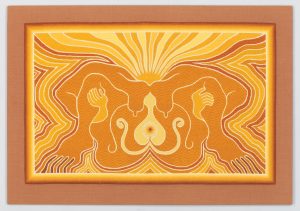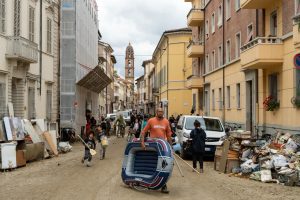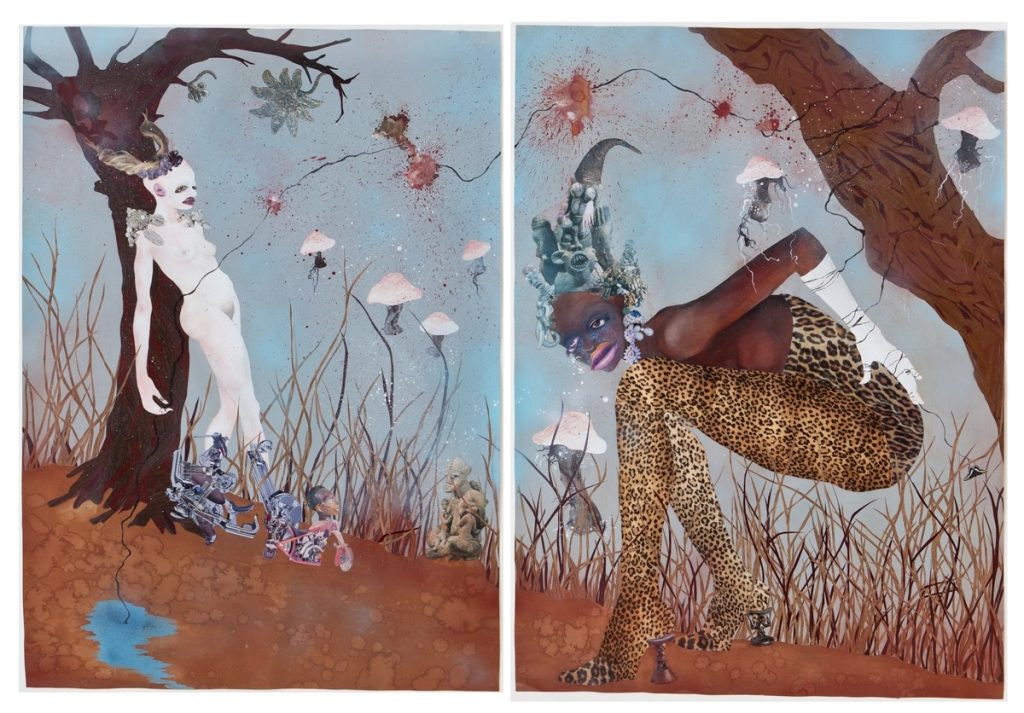A SUMMARY OF THE MOST EXCITING ART NEWS FROM AROUND THE GLOBE
While we focus on Indian art, we can’t obviously function in a vacuum. It’s a small world and everything is connected, especially on the web. So, let’s train our spotlight across the world map to see what’s going on — from art trends to socio-political issues to everything that affects the great aesthetic global consciousness. Or, let’s just travel the world and have some fun!
Second Chance for the Once-Reviled Goddess Movement.
Goddess figures are prominent throughout Wangechi Mutu’s current midcareer retrospective at the New Museum, many of which are recognisable from images from Luba, Yoruba, and Mangbetu traditions. They coexist there with a fascinating pantheon of hybrid creatures that combine vegetative, mineral, and animal traits to imply a mysterious feminine power based in both nature and old legends. In her eloquent evaluation of the programme, Roberta Smith alludes to her “magical matriarchy” and asserts that Mutu is “one of the best artists of her generation” as a result of the programme. Not so long ago, mentioning gods or the matriarchal system would have cast an artist into the depths of oblivion. But now that Mutu is recognised as one of the leading practitioners of modern goddess art, these are words of praise. The popularity of artists associated with the original Goddess movement of the 1960s, such Mary Beth Edelson, Ana Mendieta, and Judy Chicago, have surged in recent years despite having long been stigmatized. Last year’s Venice Biennale was presided over by Surrealist artist Leonora Carrington, who called Robert Graves’s book The White Goddess—a study of mythology and poetry in pre-Christian nature-based matriarchies—the “greatest revelation of my life.” A comprehensive study of female spiritual figures from various cultures and historical periods was just made available by the British Museum. Additionally, contemporary artists like Lina Iris Viktor, Saya Woolfalk, and Chitra Ganesh feel more at ease calling upon feminine deities and spiritual forces. Read more on Art in America.

Courtesy: Art in America
Italian authorities’ refusal to grant three Ghanaian curators visas criticised by the Venice Architecture.
Three curators from Ghana were denied entry into Italy by the Italian government in order to attend the 20 May–26 November Venice Architecture Biennale. The curators were going to the Italian city to work with Lesley Lokko, who was in charge of the famous event as the first curator of African descent. More than half of the participants in the 2023 Biennale under Lokko’s leadership are from Africa or the African Diaspora. Laboratory of the Future is the biennale’s overarching subject. According to Lokko, the curators’ visa requests were rejected because of baseless worries that they might try to leave the event and enter Italy illegally. In her first press conference, Lokko said, “Not all teams are equal. She continued by referring to her Ghanaian relatives’ isolation. Read more on The Art Newspaper.

Courtesy: The Art Newspaper
While northern Italy is experiencing deadly floods, museums close and become shelters.
The Italian area of Emilia-Romagna is experiencing its worst floods in a century, resulting in death, homelessness, and billions of euros worth of damage. Over 10,000 people have been displaced, and at least 13 fatalities have already occurred. 42 municipalities in the area are currently being impacted by the flooding. Between Faenza and Forl, 23 rivers and streams have overflowed, and other towns and cities, including Cesena, Bagnacavallo, Savignano sul Rubicone, Santarcangelo di Romagna, Lugo, and Ravenna, are all under water. The lidos that were prepared for the start of the summer season in the seaside cities of Rimini and Riccione have been entirely destroyed. It is currently difficult to determine the extent of the damage to historical monuments. The Art of Fashion exhibition at the San Domenico Museums in Forl, where homes and businesses have been destroyed, has been shut down for three days even though the location was spared from flooding and heavy rain. The Museum of Ceramics and Palazzo Milzetti are among the Faenza museums that are all closed. Read more on The Art Newspaper.

Courtesy: The Art Newspaper





